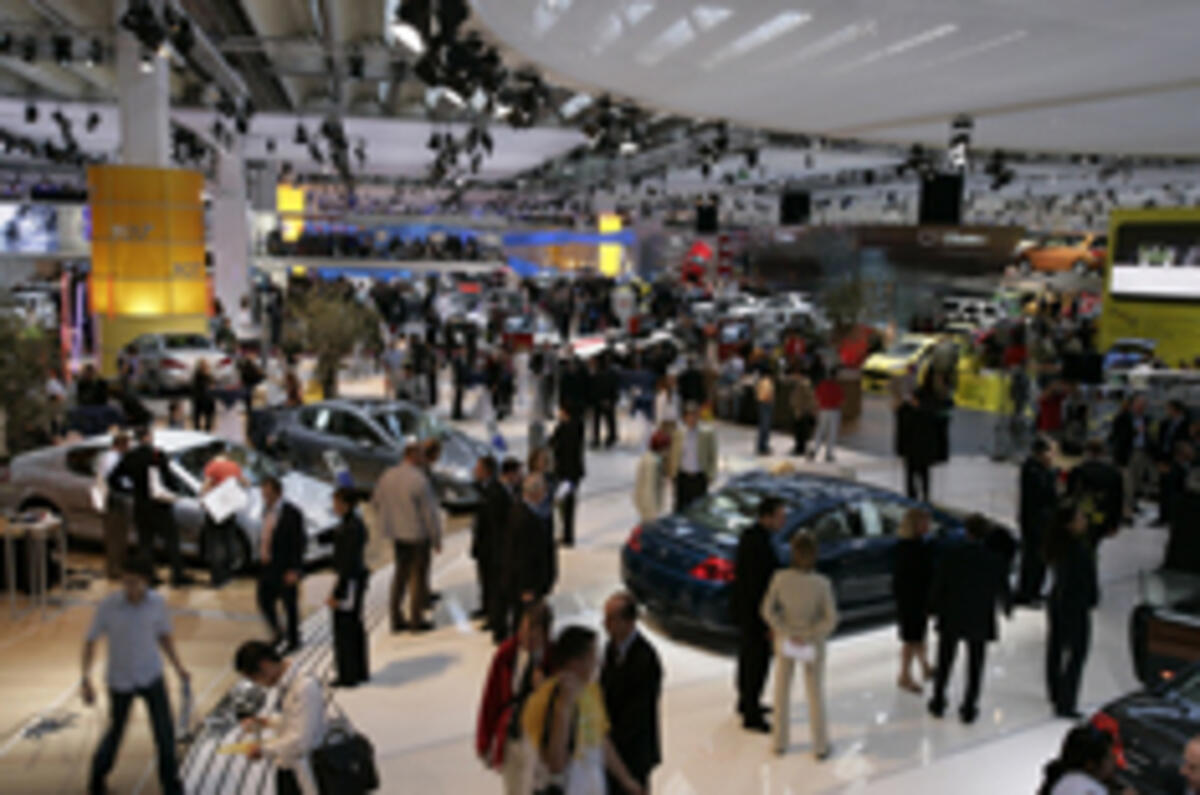It is the biggest motor show in the world. There might occasionally be bigger gatherings of Detroit iron in Texas, or old MGs in Abingdon, but if it’s new cars and new trends you want to dip into, Frankfurt’s the place. Even Tokyo and Detroit must give ground to it, and Paris and London are hardly on the map.
For two decades, the enduring Frankfurt theme has been horsepower. Not for nothing is Germany this continent’s headquarters for performance cars: its well-heeled car-buyer values the limit-free autobahns, and needs big power to take advantage of them. But things changed in 2005. New models with nothing to show but more poke met a reaction remarkably close to disapproval.
The signs were obvious from the start: on the morning of the first preview day Mercedes-Benz breezily opened up with a 6.3-litre AMG V8 version of the ML off-roader. The audience’s adverse reaction was palpable and understandable — outside the auditorium oil prices were soaring and across the Channel filling stations had run dry. Suddenly it seemed inappropriate to have 510bhp versions of cars that worked quite well on less than half as much.
Briefly, Merc’s people looked like compounding the error with a 6.3-litre AMG version of their R-class monster-wagon, but made a neat recovery by pointing out that the diesel R-class (320 CDi) was more fuel-efficient on the combined cycle than the Lexus RX400h, Europe’s hybrid of the moment.
Lexus had its own hybrid horsepower moment, unwrapping its new petrol-electric performance saloon the GS450h, reputed to have a total of 340bhp on tap with the fuel consumption of a 2.0-litre four. BMW had the tone-it-down message, though. Its terrific Z4 coupe had a mild-mannered 260bhp straight-six.
Wherever you went, the air was full of hybrid talk. Honda had one for the new Civic, Porsche and VW announced plans to co-operate over a series of them. DaimlerChrysler, GM and BMW added flesh to the deal they announced recently. So important was it to have a hybrid car that Smart’s Ulrich Walker revealed one in the Crosstown concept — while also announcing that such power units weren’t much cop in cars so small. Looking back from the end of this decade, Frankfurt 2005 will probably be the show at which car makers got serious about hybrids for production.
Right across the show, manufacturers continued their efforts to make appealing niche models. It’s the same for everyone nowadays: you produce a plethora of alternatives, all to high design and development standards, knowing only some will survive. Sounds wasteful, but it’s business.
Nearly everyone had some kind of mid-sized 4x4 because, despite a recent tabloid-led backlash, industry researchers see no lessening of the strong demand for them. The best and most progressive concepts (Renault Egeus, Opel Antara) showed how designers will deflect future criticism of 4x4s by equipping them with a more curvaceous, slightly lower ‘coupé’ rooflines.





Add your comment